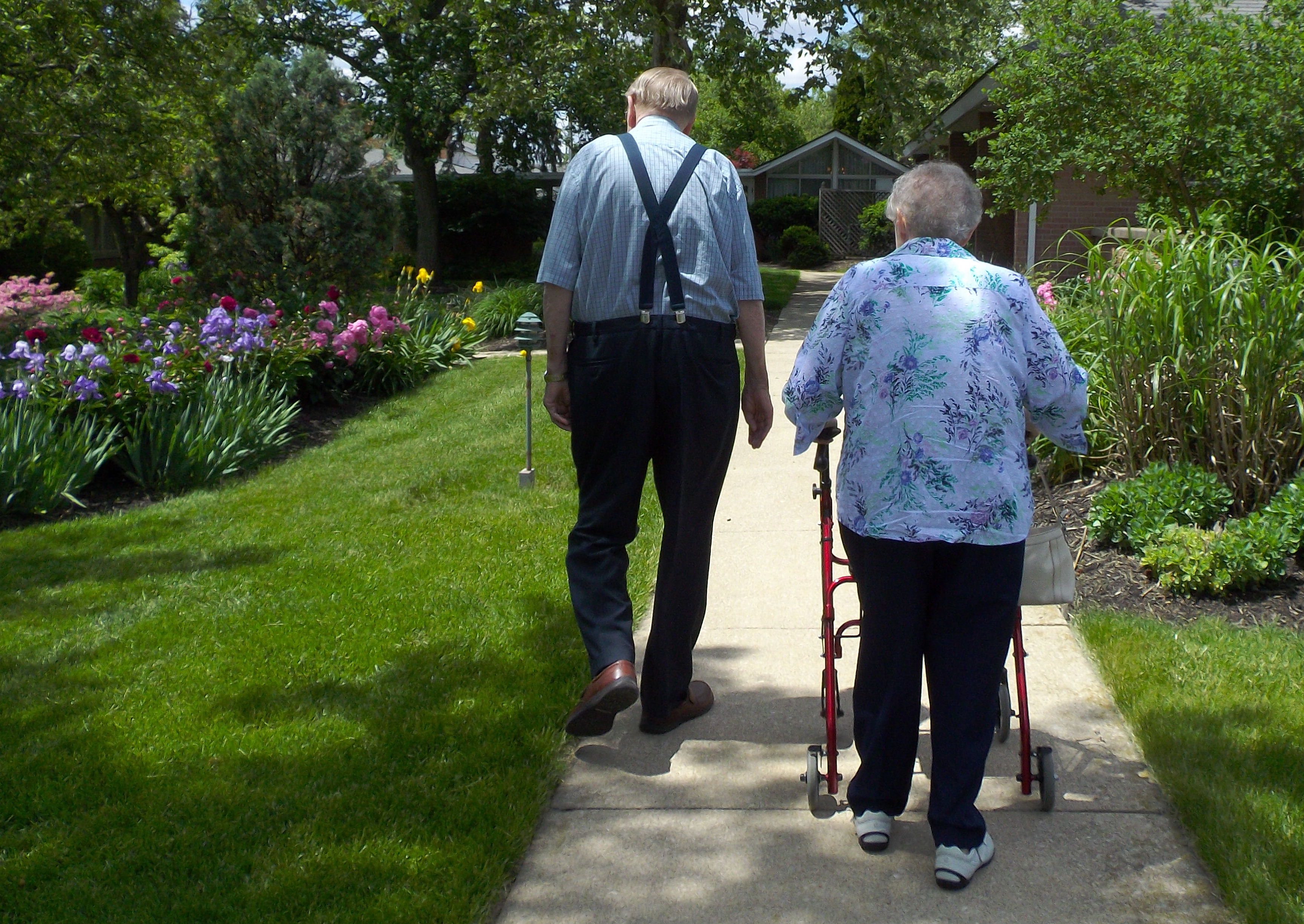This article published in World Crunch describes the innovative work that another by-the-sea city, with a very large elderly population is undertaking to improve place and home for senior citizens. With a quarter of its residents, approximately 700,000 people as senior citizens, the municipal government
“has forged a comprehensive plan, called PIAM, to revamp public spaces and improve the homes of the elderly. It expects to implement the changes beginning next year. The plans include new, better-suited furniture in public places (park benches that are specifically adapted, for example, to older people’s body shapes), prototypes of tricycles the elderly can use along cycling tracks, and more roofs over bus stops. The city also plans to measure how long it really takes seniors to cross busy streets and reprogram traffic lights accordingly.”
Prototypes are needed for better wheelchair access in public places, and in the home “simple measures, such as raising the height of sockets, having fewer items of furniture, not using carpets, mats or rugs, or fixing handles” she says.
The work is based upon WHO’s (World Health Organization) age friendly city designation. But what is important here is that this process involved collaborating with all parties including seniors to ensure that old people are included-without barriers, be they architectural or cultural. It is all in the detail, and Buenos Aires seems to be on the right track.



